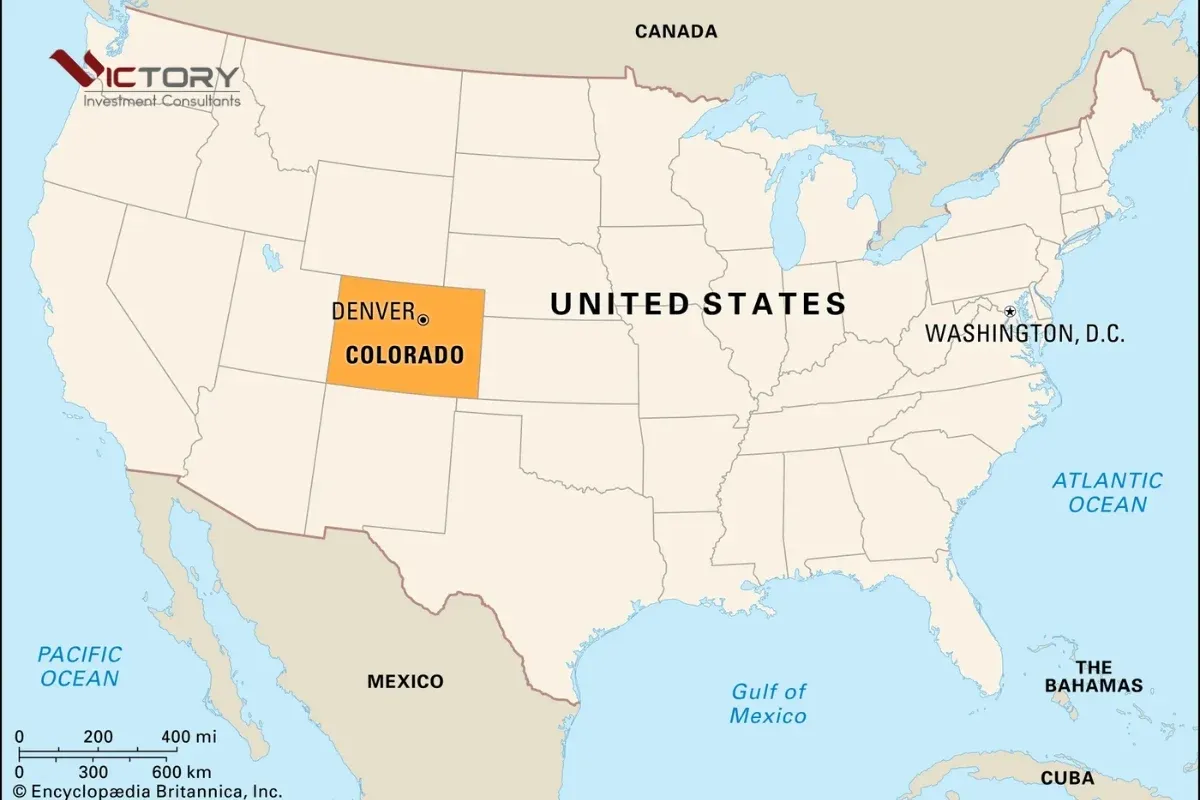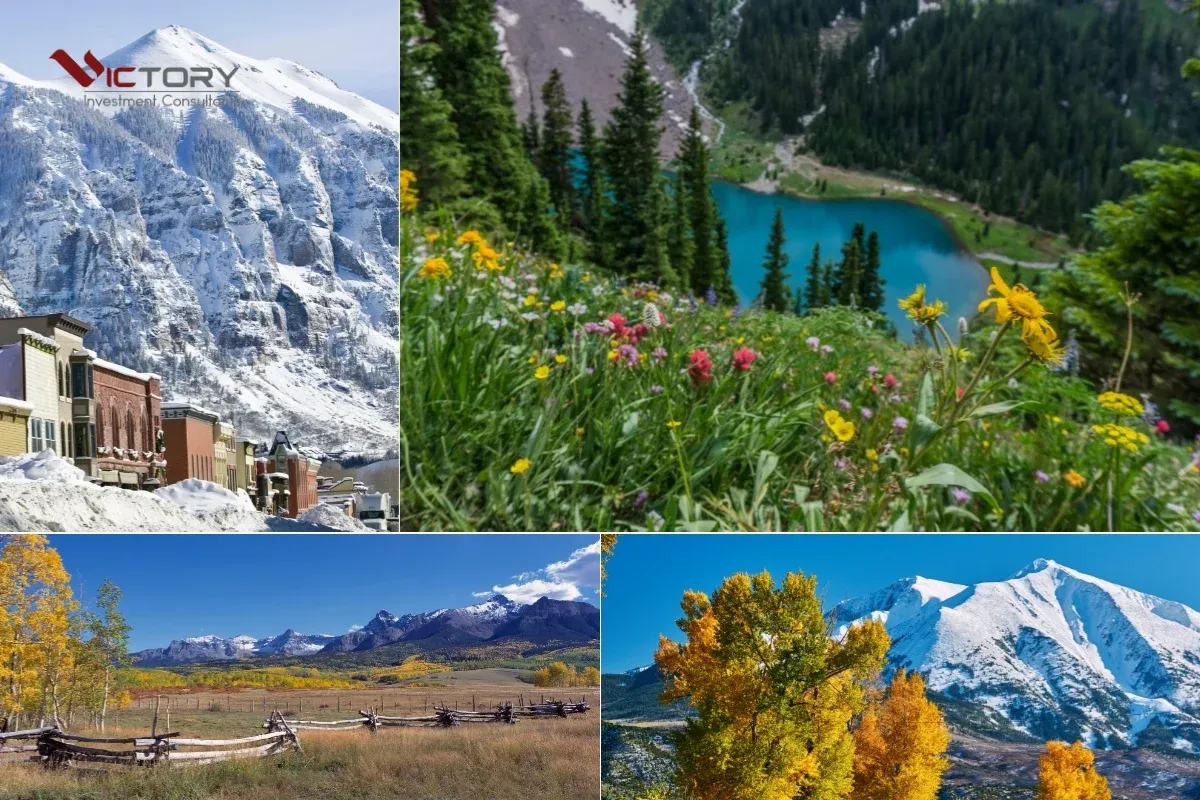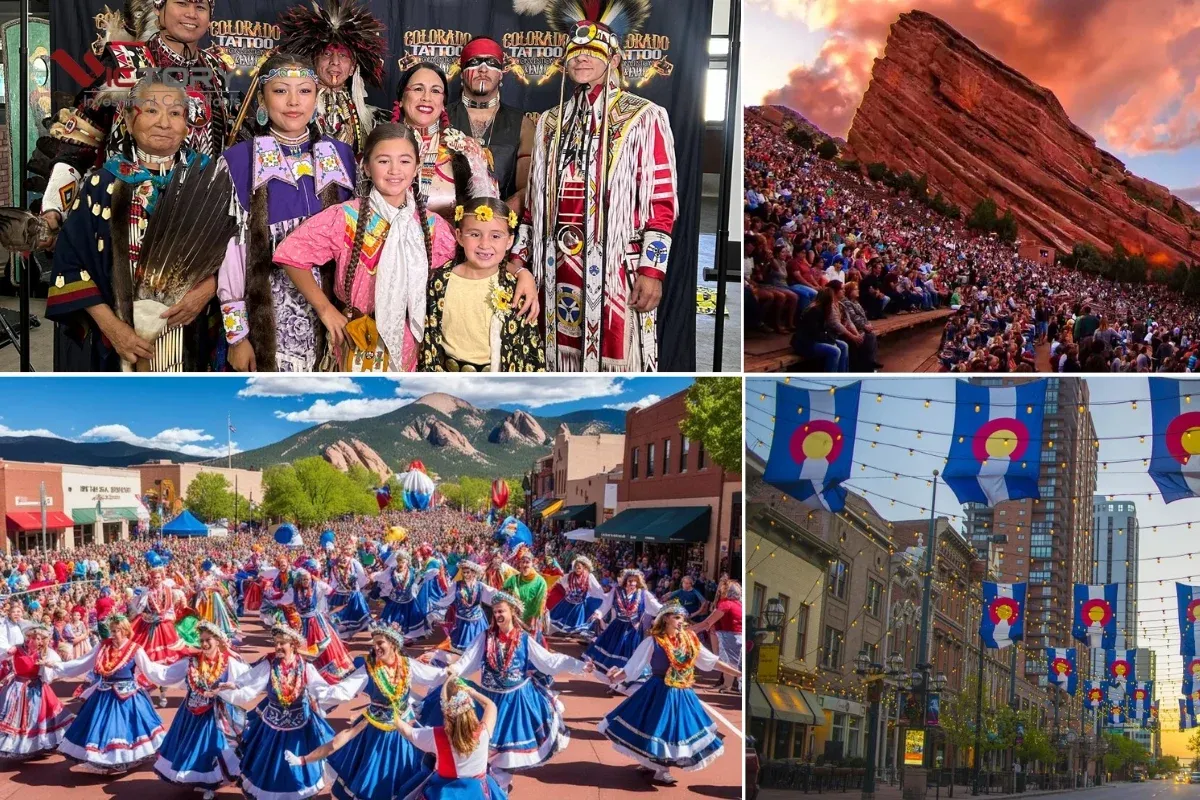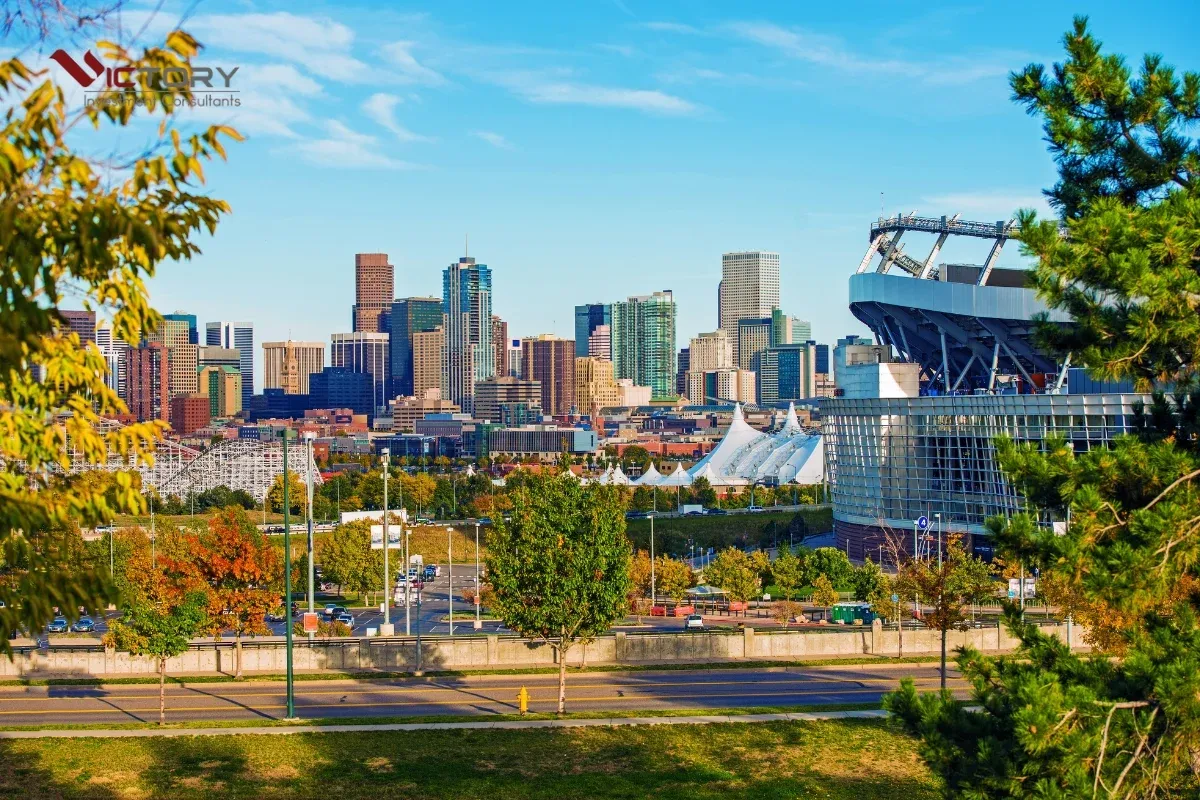Wyoming, a mountainous state in the western United States, is renowned for its unspoiled natural beauty and magnificent national parks. However, it is also rich in the cultural heritage of Native American tribes. A journey through Wyoming becomes even more meaningful when you take the time to explore and appreciate the profound traditions of the indigenous communities that have called this land home for centuries.
Overview of Native American Culture in Wyoming
Wyoming has long been the homeland of numerous Native American tribes, each with its own unique cultural identity, historical stories, and traditions. Today, despite the challenges brought by modernization, Native American culture continues to thrive, forming an integral part of Wyoming’s cultural mosaic.
History of Wyoming and Its Indigenous Tribes
Before European settlers arrived, Wyoming was inhabited by multiple Native American tribes, including Arapaho, Crow, Lakota, Shoshone, and Ute. These tribes lived harmoniously with the land, following seasonal migrations, hunting, gathering, and fostering vibrant cultures deeply connected to nature.
During the 19th century, westward expansion in the United States brought conflict and significant changes to Native American lives. Treaties were signed, reservations were established, and tribes faced difficulties sustaining their traditional culture and lifestyles. However, through resilience and dedicated efforts to preserve their heritage, Wyoming’s Native communities have endured and flourished.

Wyoming has long been the homeland of numerous Native American tribes.
Culture and Traditions of Wyoming’s Indigenous Tribes
Each Native American tribe in Wyoming has unique cultural elements expressed through language, art, religion, customs, and ways of living.
Shoshone Tribe: Divided into smaller groups, the Shoshone are known for their hunting skills, especially bison hunting. Their culture values harmony with nature and community spirit. The Wind River Reservation in Wyoming is home to the Eastern Shoshone and Northern Arapaho tribes.
Arapaho Tribe: Also residing on the Wind River Reservation, the Arapaho possess a rich history and distinctive culture. They are celebrated for their basket weaving, embroidery, and meaningful traditional ceremonies, such as the Sun Dance, one of their most important rituals.
Crow Tribe: Living primarily in northern Wyoming and Montana, the Crow tribe is known for their horse-riding expertise and brave warriors. Crow culture emphasizes courage, generosity, and strong family ties.
Lakota Tribe: Also known as the Sioux, the Lakota have a tumultuous history and robust culture. They are recognized for their steadfast spirit and deep connection to the sacred Black Hills (Paha Sapa).
Ute Tribe: While no longer primarily living in Wyoming, the Ute maintain historical ties to southern Wyoming. Their culture includes notable pottery-making skills and nature-related ceremonies.

The Sun Dance ceremony is one of the most significant rituals of the Arapaho tribe.
Key Cultural Sites Related to Native Americans in Wyoming
To dive deeper into Native American culture in Wyoming, consider visiting the following locations:
Wind River Reservation: Located in central-west Wyoming, this shared reservation of the Eastern Shoshone and Northern Arapaho tribes provides insight into their history, culture, and contemporary lives through cultural centers, museums, and community events.
Shoshone and Arapaho Cultural Center: Situated within Wind River Reservation, this center displays historical artifacts, artworks, and information regarding Shoshone and Arapaho traditions, making it an excellent spot for cultural exploration.
Fort Washakie National Historic Site: Also on the Wind River Reservation, Fort Washakie once served as a significant military outpost and later became the headquarters for the Indian Affairs Agency. Today, it preserves historic structures and holds great cultural significance for the Shoshone and Arapaho tribes.
Bighorn Canyon National Recreation Area: Although best known for its natural splendor, this park also contains cultural remnants of the Crow tribe and other Native American groups. Visitors can learn about the relationship between indigenous peoples and this land through educational programs and exhibits.

The Shoshone and Arapaho Cultural Center is a great destination for understanding indigenous heritage.
Responsible Tourism: Respecting Wyoming’s Indigenous Culture
When exploring Native American culture in Wyoming, it’s essential to demonstrate respect and sensitivity toward the traditions and values of local communities. Here are some tips for responsible and meaningful tourism:
- Learn about the tribes’ culture and history beforehand: Before visiting Wyoming, spend time researching the local tribes, their history, and their cultural practices. This knowledge will help you truly appreciate your experience.
- Visit cultural centers and museums: These are excellent resources for accurate and in-depth information about Native American culture, while also supporting cultural preservation efforts.
- Join tours operated by Native guides: If available, participate in tours led by indigenous people to gain firsthand insights and support local economies.
- Respect sacred sites and ceremonies: Follow guidelines and instructions provided by indigenous communities when visiting sacred places or witnessing traditional ceremonies.
- Shop for Native-made crafts: Purchasing handmade items from Native artisans provides unique souvenirs and supports the community’s economy.
- Listen and learn: Be open to hearing stories and experiences shared by Native individuals. Ask thoughtful questions and show genuine interest in their culture.

Demonstrating respect for indigenous culture is key to responsible tourism.
Efforts to Preserve and Promote Native American Culture in Wyoming
Today, Native American tribes in Wyoming are actively working to preserve and promote their heritage. Initiatives such as teaching indigenous languages to younger generations, holding cultural festivals, maintaining traditional crafts, and educating the public about their history all play vital roles in keeping their identities alive.
Cultural tourism is also becoming a valuable tool for raising awareness of Native American culture while generating income for these communities. However, it’s important that tourism efforts are sustainable, respectful, and prevent commercialization or misrepresentation of their traditions.
Experience the Depth of Wyoming Native American Culture
Exploring Native American culture in Wyoming is a meaningful journey that offers insight into the history, traditions, and spiritual values of the indigenous communities. It’s not just about learning from the past but also connecting with the present and future of a thriving cultural legacy.
Take the time to discover, listen, and learn, and you’ll find that Native American culture in Wyoming is a treasure trove, enriching the diverse cultural tapestry of the United States and beyond.

Exploring Native American culture in Wyoming is a profound and enriching adventure.
Conclusion
Delving into the Native American culture of Wyoming is a unique and meaningful travel experience that broadens your perspective and deepens your understanding of this remarkable region. Plan your trip with care, engage with local tribes respectfully, and visit sites of cultural significance. You’ll take home invaluable memories and lessons that celebrate the strength and diversity of Native heritage.
Discover more insightful articles about cultural tourism and the exploration of global traditions on the Discovery To Wonders website.